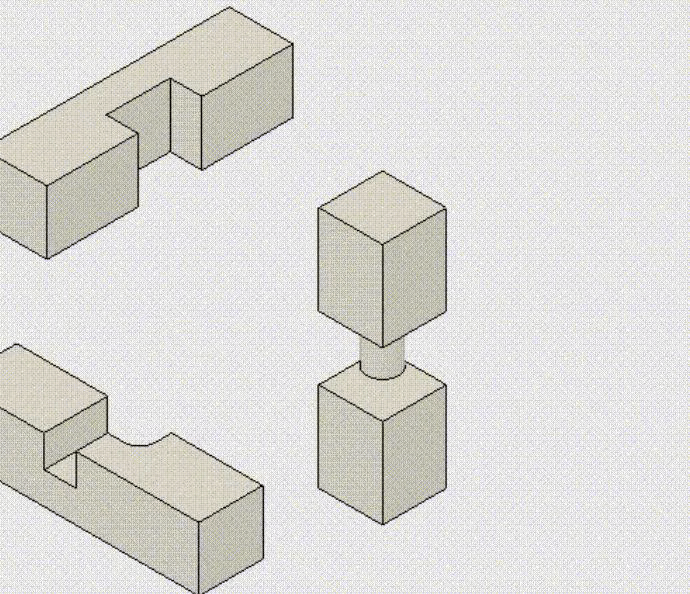Nikkei Asian Review Deputy Editor, Masamichi Hoshi, has written an article that outlines a grim picture for the future of the Japanese camera business in the aftermath of Olympus’ recent sale to private equity firm, Japan Industrial Partners (JIP).
The usual suspects are mentioned in Masamichi’s overview: the rise of smartphones and the ongoing COVID-19 pandemic. ‘Japan’s digital camera industry was once considered on par with the country’s auto sector in terms of international competitiveness,’ says Masamichi. ‘But smartphones have driven camera makers to the brink of extinction, and this year the novel coronavirus slammed the already hobbled industry.’
More fundamentally, Masamichi believes the camera industry itself is to blame, as ‘excessive competition’ has created a fast-moving, unsustainable market that will inevitably lead to camera manufacturers paying the ultimate price:
‘Smartphones are not the only reason Japanese camera makers, who had established an oligopoly nearly everywhere around the world, have come to this point. Japanese industry, which has a penchant for competing against its own products, can also blame itself.’
Masamichi references an unsourced quote he says was shared 11 years ago by Hiroshi Hamada, the former Chief Operating Officer of Hoya, who had acquired Pentax around the time of his tenure:
‘Digital camera companies intend to strangle their rivals through excessive competition, but in the end they’ll strangle themselves’
 |
| A Canon assembly line Meister (her badge tells us she’s been a Meister for 17 years) works on the front assembly of a telephoto prime lens inside Canon’s Utsunomiya lens factory. |
Pricing and shortened product cycles, in particular, are to blame, according to Masamichi. While the near-annual 10% price drops in camera products (roughly a decade ago) and shortened product cycles due to fast-paced technological advancements were beneficial to consumers, Masamichi says it also ‘reduces manufacturers’ investment capacity.’ As a result, the ability to invest in research and development — as well as the ability to stash away savings for dire times — has decreased dramatically. Or, at the very least, started to affect the bottom-line of Japanese camera manufacturers.
Citing Camera and Imaging Products Association (CIPA) figures, Masamichi highlights that 2020 camera sales are on track to be roughly 1/10th what they were back in 2010, when digital camera sales peaked at 121 million units.’
As dire as the numbers are and outlook is, there’s no hope in only dwelling on the negatives of the inevitable. Instead, Masamichi asks ‘where do these iconic brands go from here?’
 |
| Lens testing taking place at Panasonic’s Yamagata lens factory. |
There is no one-size-fits-all solution, but Masamichi quotes a senior executive at an unnamed investment bank as well as unnamed analysts, who all seem to agree that reform and restructuring is going to be necessary if the Japanese camera industry is to survive:
‘With the market shrinking at such speed, companies are at great risk of falling into a fixed-costs crisis1. Some analysts believe the entire industry will collapse unless companies undertake major reforms, like splitting design and development from manufacturing, and consolidating production.’
The aforementioned investment banker executive specifically said ‘a camera foundry model is one option,’ suggesting the outsourcing of parts and components to third-party factories could help cut manufacturing costs. This method is currently seen in the imaging sensor side of photography, as multiple manufacturers use Sony sensors in their cameras, but further outsourcing of production could help cut overhead even more.
There is likely to be much change ahead; whether it be acquisitions of smaller manufacturers or outright departures from the market, there could be other casualties beyond Olympus. But, if the transition from film to digital taught us anything, it’s that people will keep on taking pictures, and as long as there are photographers out there still in need of a camera and lens, there will be manufacturers vying for their money.
1 Fixed costs in this context are the expenses that companies have incurred throughout the ongoing pandemic, which – as sales have slowed around the world – have not been offset by revenue.
Articles: Digital Photography Review (dpreview.com)

































You must be logged in to post a comment.